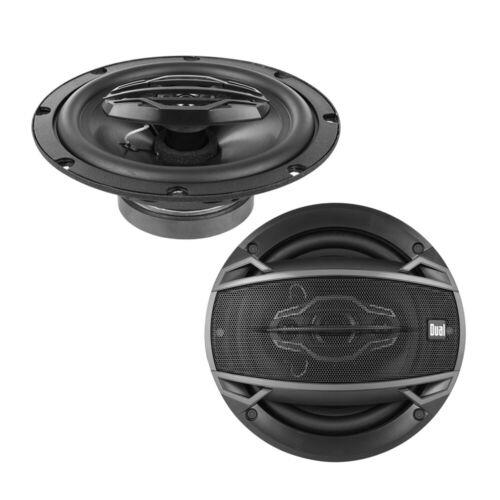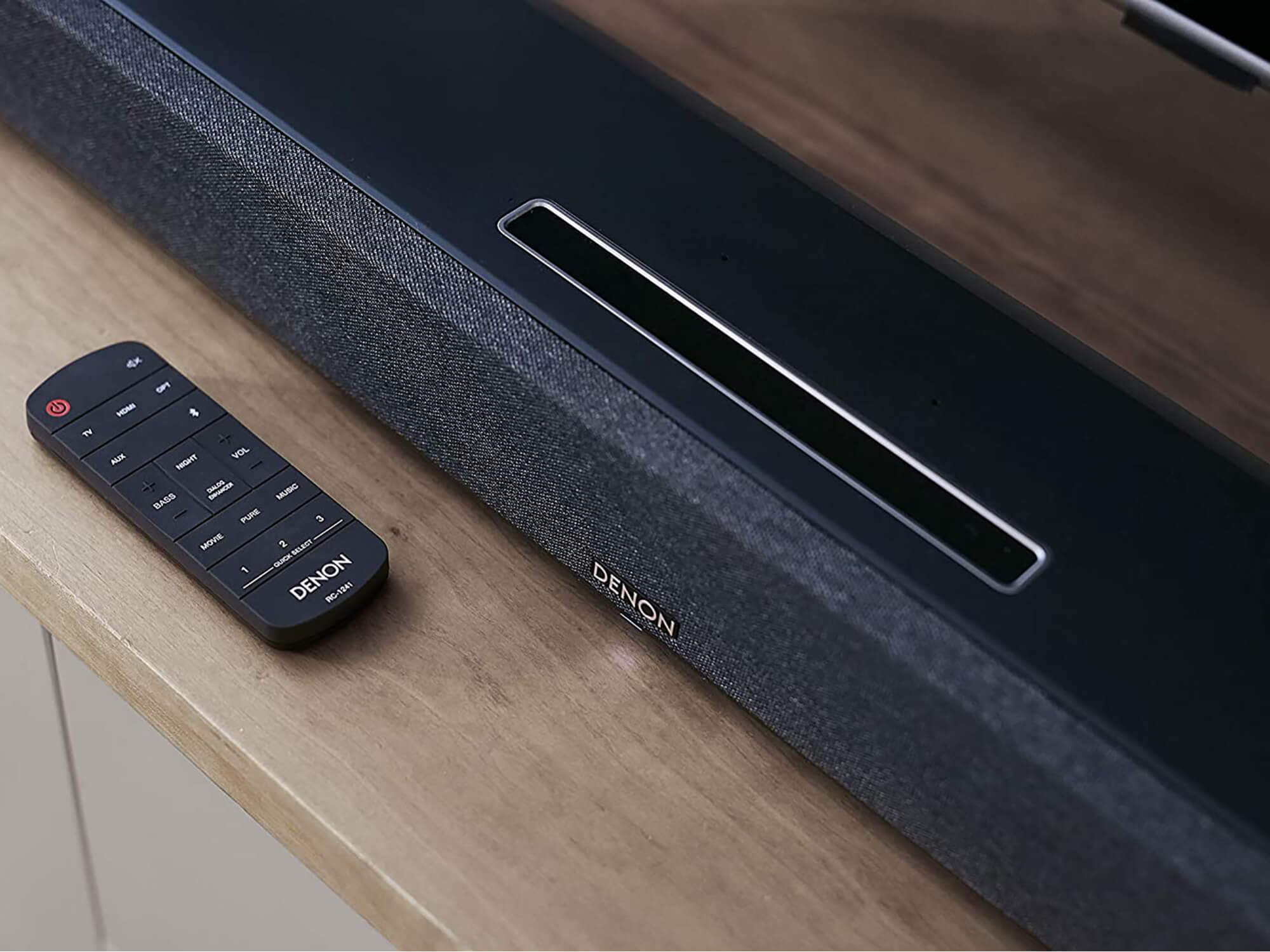
Dolby atmos technology has revolutionized home cinema sound. Using information that tells audio where it should be placed in 3-D space, Atmos allows creatives everywhere to mix their audio with a new level of precision and depth.
Dolby Atmos vs Dolby Digital Plus
The word "Dolby Atmos" may bring up images of surround sound systems that are multichannel in a theater when you hear it. It is now accessible on a growing number devices and has already made its way into some of largest home theaters worldwide. If you're looking to upgrade your home cinema to Atmos, you will need to understand the difference.
What Does Dolby Atmos Do?
Dolby Atmos has changed the way we listen to music and movies. It allows audio engineers to mix audio as if it was a 3-D object. The audio can be made louder or quieter, larger and smaller, and so on.
You'll feel as if you're in the middle of it all. It will also make it possible to hear sounds coming from around the room, something that was impossible in previous surround sound formats.

What Does Dolby Atmos Actually Mean?
Dolby Atmos doesn't just work for home theater, it's also making a comeback in the music business. Atmos remixes are available on Tidal, Amazon Music, and Apple Music.
How does Dolby Atmos work?
Dolby Atmos relies on a system of 'object-based audio' and requires a Dolby Atmos-enabled audio-visual receiver (AVR). This automatically determines which speakers are being used and what kind they are. It also knows where they are located. The software then extracts metadata and scales each audio object, before relaying it through the speaker. This is all happening in real-time.
However, there are exceptions. For example, the newest iPhones have Spatial audio with Dolby atmos, an iOS feature that uses your iPhone's accelerometer for head-tracking effects.
Although the technology is still in its infancy, Dolby has made significant efforts to encourage people to use Atmos to create their music. It works with audio companies and studios in order to provide free tools that enable composers to create their music using Atmos. These can then be streamed, downloaded or played on other devices as needed.
Atmos is a great medium for delivering music. It is sure to continue growing in popularity. With the rise of virtual reality and other emerging technologies, there is a clear need for more music in Dolby Atmos.

What are Dolby Atmos' Benefits?
Dolby Atmos is arguably the most significant change in surround sound over the last 40 years. It features more sound channels, and more speaker positions than any other surround audio format.
It can produce a much deeper bass response, more immersive surround and higher highs than any other format. It has a wider dynamic range, a greater color spectrum, and better contrast than other surround sound formats.
FAQ
What are the options available to me when selecting a home-theater system? What are the main factors to consider?
There are many options when shopping for a home theatre system. Each type has its own advantages and disadvantages.
A 5.1 surround system will offer five channels of sound, including two front left, left, center and subwoofers; one rear right, left, and center channel; as well as one tweeter. The center channel and subwoofer will give you clear, crisp dialogue.
This setup allows them to hear every detail of the movie. Some people enjoy watching movies together with family members and friends who have different musical tastes.
Remember to buy a home theater system that fits your needs regardless of your choice.
Let's suppose, for instance, you decide to listen to music more than you watch TV. If this is the case, you may opt for a wireless stereo instead of a surround-sound system.
You should also consider whether you prefer a flat screen or a curved one. Because flat screens don't curve around their edges, they are very easy to put in.
However, they can be uncomfortable for viewing images. Curved screens offer a wider viewing angle and are more comfortable.
Installing a curved screen requires professional services. Ask your dealer about a warranty if you are thinking of purchasing a new TV.
The size of the space where the system will be installed is one last thing to think about when selecting a home theatre.
A larger room will generally require larger speakers. A room measuring 6 1/2 feet in width and 8 feet tall would require speakers with a width 3 feet and height 4 feet.
You should also keep in mind the fact that larger speakers are generally more expensive. You should budget for large rooms if your home theater system will be installed.
Do not forget to include any other entertainment system you may be considering purchasing. You may be shocked at how quickly your home theatre costs can go up.
How do you get started building your own home theater?
There are many ways to build custom home theaters. Another way is to use equipment already on the market from different manufacturers. A second option is to build it from scratch. You will need to have a few basic tools.
A drill, saws/screwdrivers, hammers (measurement tape, jigsaw), router, sandpaper and various miscellaneous equipment are all necessary if you want to start from scratch. A good workbench is also a must-have to ensure that you aren't constantly moving around your house when working.
Prebuilt components are required for use. These include a DVD player or satellite dish, TV tuner cards, TV tuner cards, TV tuner cards, cable box and Blu-ray disk player. Wireless keyboard and mouse is also needed. You'll also require a computer running Windows 7 (or later) and an HDMI Cable.
A fully assembled unit is another option. This will allow you to save money, but it won't give you the same customization options as if you built one yourself.
Once you have all the pieces together, you can install them. Attaching the satellite dish will be necessary to mount it on the roof of your home. Mount the television screen in your living space. The last step is to connect your speakers and monitors to the wall at the back of the room.
What are the requirements to connect my home theatre to the internet?
There's no doubt that the internet has revolutionized modern life. It helps us communicate with each other, shop online, watch videos, play games, read books, etc.
Many people today believe that the Internet is crucial to their daily lives.
So, if you plan on connecting your home theater to the internet, you'll need a router. A router lets you connect multiple devices to one internet connection.
You can use a router as an extension cord for your computer, smartphone, tablet, game console, smartwatch, etc.
To extend your WiFi signal coverage, you can use a router. This will ensure that you don't worry about poor connections in any part of your home.
Routers tend to be very inexpensive. There are many streaming services available for routers, including Netflix, Hulu. YouTube, Amazon Prime Video and HBO GO.
If you are looking for a router that will work well with your home theater, you should know that the majority of routers on sale today will work fine.
However, if you're buying a new router, make sure that it supports HDMI 2.0a (also known as High-Definition Multimedia Interface). This standard supports high definition content such Blu-Ray discs (Ultra HD Blu-ray discs), HDR TVs and 4K UHDTVs.
This standard is supported by most routers today. If you are unsure if your router supports HDMI 2.0 please refer to the specifications sheet.
Another thing to consider is whether or not your router supports Ethernet over power. If it does, you can hook up your TV directly to the router using ethernet cables instead of a wireless connection.
This could improve the speed of your signal.
For instance, if your apartment is small and you only have internet access, it might be difficult to get the fastest speeds with your router.
A router that supports HDMI 2.0 will allow you to stream media from streaming services like Netflix.
What type of sound system would be best for your home?
More than just speakers are required to create an immersive experience. Surround-sound systems can be used to simultaneously hear music from different directions. This makes it easier to pick out details such as instruments, vocals, and effects.
Surround-sound systems also allow you to play two songs simultaneously. This allows you to enjoy both the music and TV while listening to it.
But most importantly, a surround-sound system creates a sense of immersion. It's like being there when you listen a song in a room that is filled with speakers. This feeling fades away when you turn back to stereo speakers.
Surround sound systems are usually priced between $1,000 and $4,000. If you have a basic stereo system, you may be able to purchase a surround-sound system for as low as $1000.
Statistics
- Extra 20% off sitewide - Dyson promo code 2022 (wired.com)
- According to their research, Google's speech recognition software is 13 percent more accurate for men than women. (en.wikipedia.org)
- Amazon is likely to release new models very soon (there is an event on September 28), so you should wait until that event is over to buy. (wired.com)
- According to Henriques, the sound system has also played an influential role in the global influence of Jamaican music internationally. (en.wikipedia.org)
- $10 off TurboTax Premier Service code 2022 H&R Block Coupon 20% (wired.com)
External Links
How To
How do wireless speakers gain power?
You can choose between two types of wireless speaker: battery-powered or plug-in-powered. Both require power from an external source. They can be powered by a wall socket. However, powering them wirelessly takes more planning.
Wireless speaker systems often rely on solar power or batteries for their power. These devices have a limited range and need to be close to a charging station. If your device is removed from its charging station, it loses power and ceases to work.
It is best to have your home entertainment system run on rechargeable batteries to avoid this problem. These devices last longer than standard battery and are easier for you to install.
This setup allows for you to place your equipment exactly where you wish. For example, you could set up your system next to your bed and listen to music while you fall asleep. Or you can mount your speakers beneath your kitchen cabinets so that you can play music as you prepare dinner.
Plan how long each component takes to charge. This will ensure that your system runs smoothly. Your amplifier may require three hours to fully charge, while your Bluetooth receiver might only take 30 minutes. Be aware of any downtime that may occur during this period.
A combination of wired and wireless components can be used. A wireless transmitter can be used to move your speakers around your home.
A good rule of thumb is always to try to buy products designed to work together. An example is buying an amplifier as well as a Bluetooth receiver simultaneously. To maximize their combined benefits, they should fit into the same slots.